Bears are furry mammals with bulky bodies and short tails, and belong to the Ursidae family. There are eight species of bears. The biggest is the polar bear. The second-biggest and most common species is the brown bear. The grizzly bear is a subspecies of brown bears. Other species include the black bear, the spectacled bear, the Asian sloth bear, the sun bear and the giant panda. Most species live in the northern hemisphere, in mountainous and woodland areas as far north as the Arctic. Polar bears, on the other hand, live on the ice floes in the Arctic.
Bears are omnivores. Depending on the species, bears might be vegetarians or carnivores. They also have a well-known fondness for honey and fruit. Bears have a well-developed sense of smell and can run as fast as 50 kilometers per hour. [50 kmph]. This makes them formidable predators. North American grizzly bears are famous fisherman. They wait in rivers and catch salmon in their teeth as the fish leap and migrate upstream. Bears have only one natural enemy, humans. The extinction of bears has progressed over the centuries, in fact six out of eight bear species are now endangered.
Bears are generally solitary animals. They only congregate with other bears during a short mating season. The mating season lasts two weeks. Bears court during the first week and mate the following week. Male bears must court female bears a long time to placate them. Female bears are extremely defensive of their territory. After mating, females begin to refuse the males and return to their solitary lives. Pregnancy lasts six to nine months. Each bear can give birth to as many as five cubs. Cubs are born blind and deaf, and weigh between 100 to 500 grams at birth. Bears deliver their cubs in January or February in the den they choose to sleep through winter. A bear's body temperature drops in winter, and it becomes lethargic. Metabolism slows and vital activities become minimal. Bears can live without eating, urinating or defecating for up to six months. Cubs spend about two years close to their mothers. Her main task is to protect them from outside dangers. Bears are sacred animals to Arctic natives. There is also evidence from the Paleolithic age of bear ceremonialism. In heraldry, bears represent warriors who are brave and proud in battle.
Bears are omnivores. Depending on the species, bears might be vegetarians or carnivores. They also have a well-known fondness for honey and fruit. Bears have a well-developed sense of smell and can run as fast as 50 kilometers per hour. [50 kmph]. This makes them formidable predators. North American grizzly bears are famous fisherman. They wait in rivers and catch salmon in their teeth as the fish leap and migrate upstream. Bears have only one natural enemy, humans. The extinction of bears has progressed over the centuries, in fact six out of eight bear species are now endangered.
Bears are generally solitary animals. They only congregate with other bears during a short mating season. The mating season lasts two weeks. Bears court during the first week and mate the following week. Male bears must court female bears a long time to placate them. Female bears are extremely defensive of their territory. After mating, females begin to refuse the males and return to their solitary lives. Pregnancy lasts six to nine months. Each bear can give birth to as many as five cubs. Cubs are born blind and deaf, and weigh between 100 to 500 grams at birth. Bears deliver their cubs in January or February in the den they choose to sleep through winter. A bear's body temperature drops in winter, and it becomes lethargic. Metabolism slows and vital activities become minimal. Bears can live without eating, urinating or defecating for up to six months. Cubs spend about two years close to their mothers. Her main task is to protect them from outside dangers. Bears are sacred animals to Arctic natives. There is also evidence from the Paleolithic age of bear ceremonialism. In heraldry, bears represent warriors who are brave and proud in battle.
RELATED


KINETIC, POTENTIAL AND MECHANIC ENERGIES


DROMEDARY


THE RESPIRATORY SYSTEM


AIDS
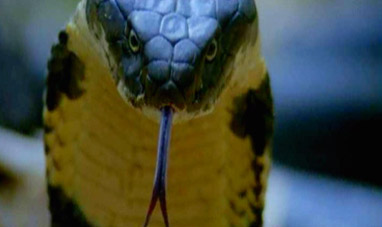

COBRA


THE LIVER


THE FEMALE REPRODUCTIVE SYSTEM


MARS
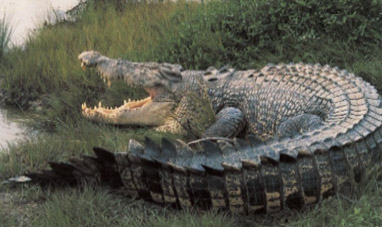

CROCODILE


BLACK WIDOW SPIDER
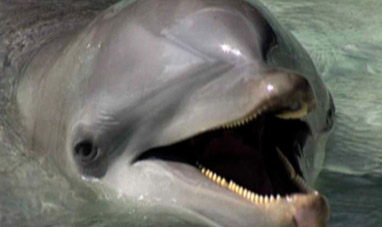

DOLPHIN
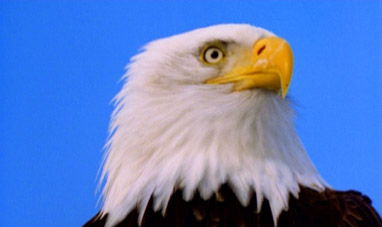

EAGLE


CARNIVOROUS PLANTS


QUANTUM PHYSICS


THE HEISENBERG PRINCIPLE


TARANTULA


THE SKELETON


SCORPION


LADYBUG


STARFISH
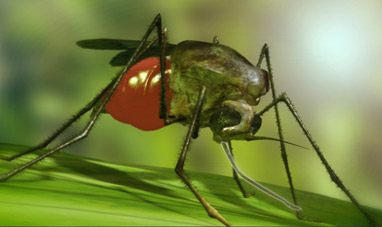

MOSQUITO


METEORITES
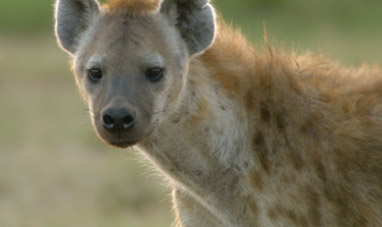

HYENA
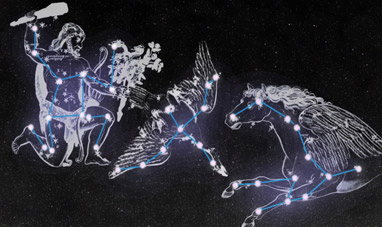

CONSTELLATIONS
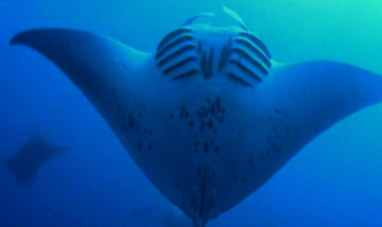

MANTA RAY
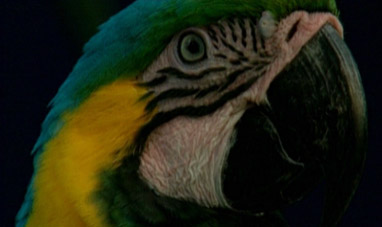

PARROTT
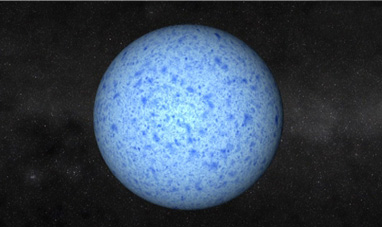

NOVAE
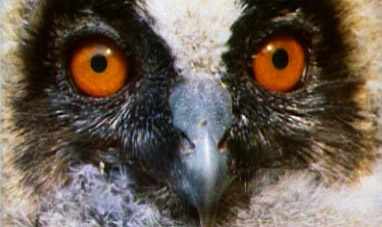

OWL


RIVERS
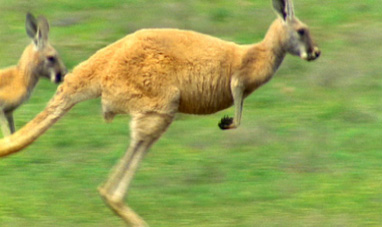

KANGAROO


SQUID
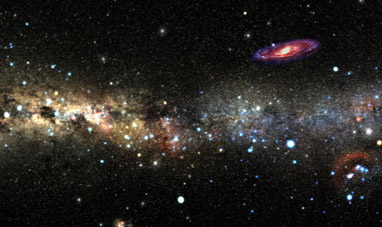

NEBULAE


QUASARS


HYDROPOWER


SOLAR THERMAL ENERGY
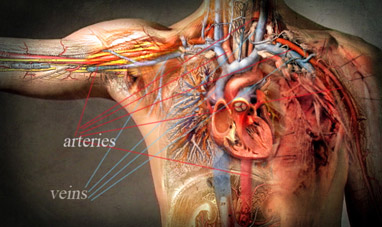

THE CIRCULATORY SYSTEM
